
|
|
ENCYCLOPEDIA OF RADIO ELECTRONICS AND ELECTRICAL ENGINEERING Converter audio channel set-top boxes from CCIR and vice versa. Encyclopedia of radio electronics and electrical engineering
Encyclopedia of radio electronics and electrical engineering / Телевидение There are many color image television receivers (TPCI) in operation, which are designed to work with an intermediate frequency audio amplifier (UAF) according to the CCIR standard (symbol B, G) and a 5,5 MHz sound and image carrier frequency spacing. The same applies to many used VCRs. We have adopted the OIRT standard (symbol D, K) with a difference in carrier frequencies for image and sound of 6,5 MHz. In order for these devices to be used with us, it is necessary to remake the UZCH unit. There are several ways to remake the UZCH channel 1. Used under the condition that the equipment will be operated only in the OIRT standard. You only need to rebuild the inductance of the UZCH circuit from a frequency of 5,5 MHz to a frequency of 6,5 MHz; this can be done by unscrewing the ferrite core. However, this is not always possible, and sometimes it is necessary to reduce the capacitance of the IF circuit capacitor in the UZCH. Since piezoceramic filters are used in the sound stage of the TV, they must be replaced accordingly with 6,5 MHz. 2. Installation of a second UZCH, designed for the corresponding standard; however, an automatic sound standard recognition device is still needed. However, it is also possible to simply switch sound standards using an ordinary switch. 3. Using an audio converter box, which is actually a local oscillator and a mixer. The oscillator of the converter set-top box is usually tuned to a frequency of 1 MHz or 12 MHz. In both the first and second cases, a spacing of 5,5 MHz is obtained, which is processed by the UZCH. This method is very simple and extremely convenient. And now let's consider a schematic diagram of an audio converter with a reference signal with a frequency of 1 MHz (Fig. 1). This converter box consists of an input bandpass amplifier on VT1, which is loaded with a bandpass filter consisting of piezoceramic filters ZQ1 and ZQ2 connected in parallel, as well as a mixer amplifier (transistors VT2 and VT3) and a reference signal generator implemented on VT4 and ZQ3, which included in a three-point capacitive circuit. The prefix has a relatively high sensitivity and a large gain. It can be used in a number of serial models of TVs and VCRs with tuners from ATWA, NEC, JVC, SAMSUNG, etc. Resistor R4 is selected empirically depending on the type of piezoceramic filters with three leads used. The circuit shown in Fig. 1 is quite complicated, and the 1 MHz reference signal can fall into the video signal bandwidth, which will lead to the appearance of "moiré" on the screen. This significant drawback is deprived of a converter attachment with a signal generator with a frequency of 12 MHz. The reference signal of this frequency does not fall within the bandwidth of the video signal, so interference is eliminated. There are two possibilities for connecting the converter box to TV receivers and VCRs - with and without interruption of the IF audio signal path. The scheme of the converter box, which is switched on with the interruption of the path of the IF audio signals, is shown in Fig. 2. The generator in it is implemented according to the scheme with inductive feedback, and the input band-pass filter consists of two or three output high-efficiency piezoceramic filters. This set-top box can be connected to both OIRT (6,5 MHz) and CCIR (5,5 MHz) TVs when the signal path must be broken before the TV's audio input filter.
Inductances L1 and L2 are wound on a finished frame taken from a defective SMTs-2 module from ZUSTST of the Electron 380, Photon 381, Electron 382, etc. types; their cores and screens are also used. Inductance L1, which is used for communication, has 4+12 turns of PEL 0,12 wire, and coil L2 has 12 turns of the same wire. L1 and L2 are located at a distance of 3...4 mm from each other. Setting up the circuit is simple - by rotating the core, you need to achieve the loudest and clearest sound. Figure 3 shows the printed circuit board and the location of parts on it.
Figure 4 shows the last scheme, the most convenient for professional and amateur implementation of a converter audio set-top box. It is a self-generating mixer with a reference frequency of 12 MHz.
There is no need to break the connection between the IF image IF image and the AF. Transformer T1 is wound on an armored core from the Sokol radio receiver or from some other IF transformer. Inductance L1 has 12 turns of PEL 0,1 wire, and L2, which is used for communication, has 3 turns of the same wire. The output ceramic filter, if necessary, can be replaced by ZQ2 - the attachment is universal for both standards. Figure 5 shows the printed circuit board and wiring diagram of the converter. L1 and L2 are located at a distance of 3...4 mm from each other. Setting up the circuit is elementary, and is similar to setting up the set-top box shown in Fig. 2.
All described prefixes are experimental. According to the author's experience, the last two have the highest quality. In the manufacture of prototypes, engineer D.Georgiev and engineer A.Andreev from TU-Sofia provided valuable assistance. Literature 1. Radio, television, electronics, 1993, No. 7,8. Author: D.Kostov, Translation by A.Volsky; Publication: N. Bolshakov, rf.atnn.ru
Alcohol content of warm beer
07.05.2024 Major risk factor for gambling addiction
07.05.2024 Traffic noise delays the growth of chicks
06.05.2024
▪ Pedals in front make the bike more comfortable ▪ The discovery made by pigeons ▪ Mongoose robot walking through a minefield ▪ Nokia T20 Education Edition tablet
▪ section of the site Sites of amateur radio equipment. Article selection ▪ article Belinsky Vissarion Grigorievich. Famous aphorisms ▪ article Who are the strongmen? Detailed answer ▪ Fire escape article. Travel Tips ▪ article Three piles of matches. Focus Secret
Home page | Library | Articles | Website map | Site Reviews www.diagram.com.ua |






 Arabic
Arabic Bengali
Bengali Chinese
Chinese English
English French
French German
German Hebrew
Hebrew Hindi
Hindi Italian
Italian Japanese
Japanese Korean
Korean Malay
Malay Polish
Polish Portuguese
Portuguese Spanish
Spanish Turkish
Turkish Ukrainian
Ukrainian Vietnamese
Vietnamese
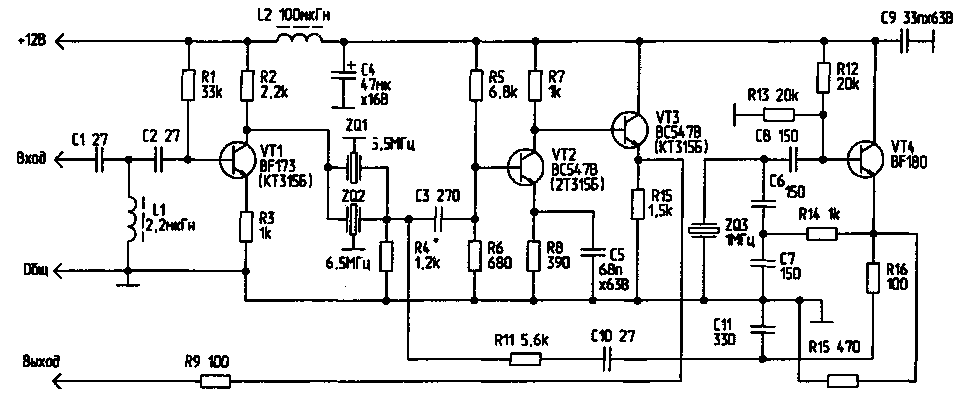
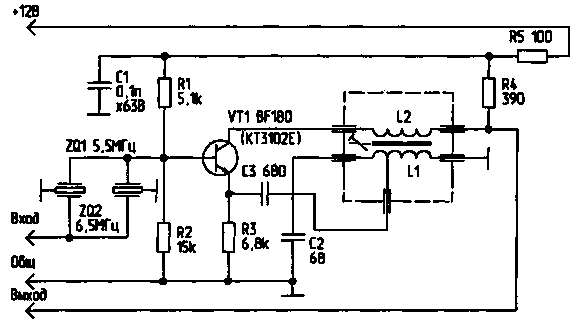
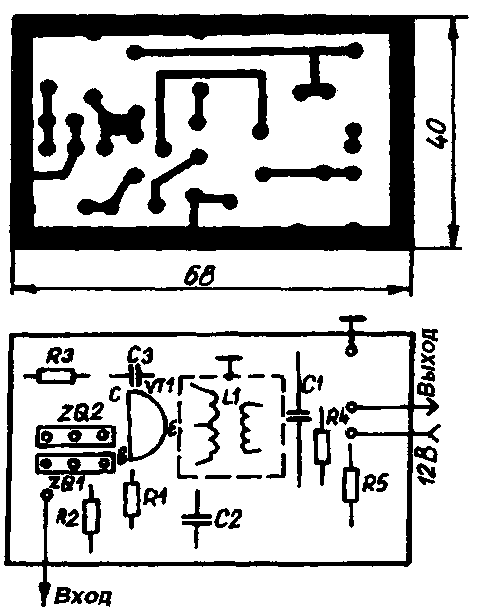
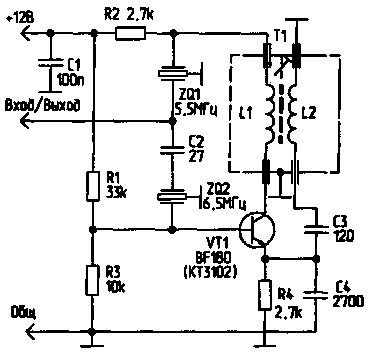
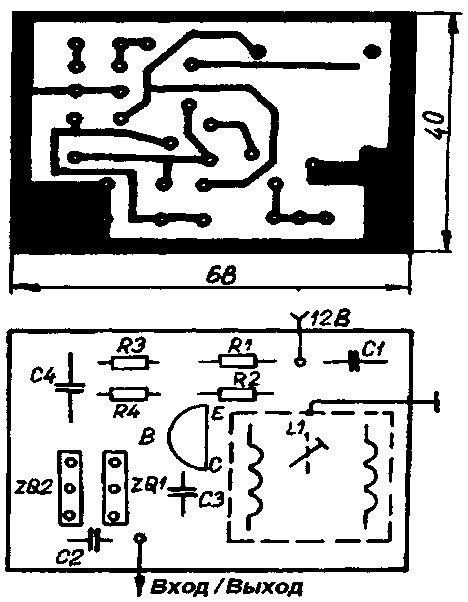
 Leave your comment on this article:
Leave your comment on this article: